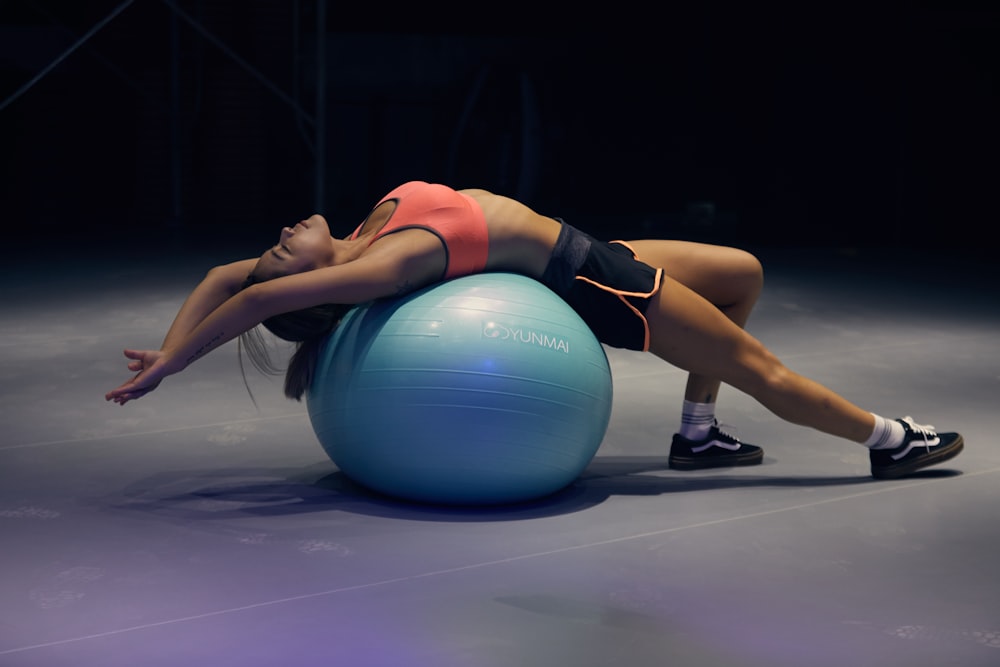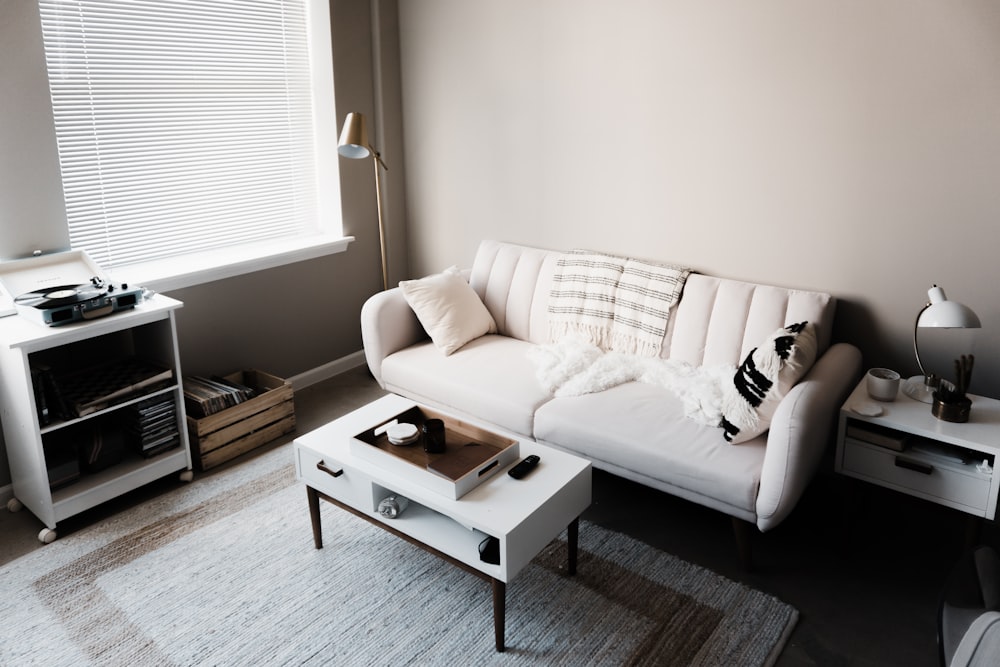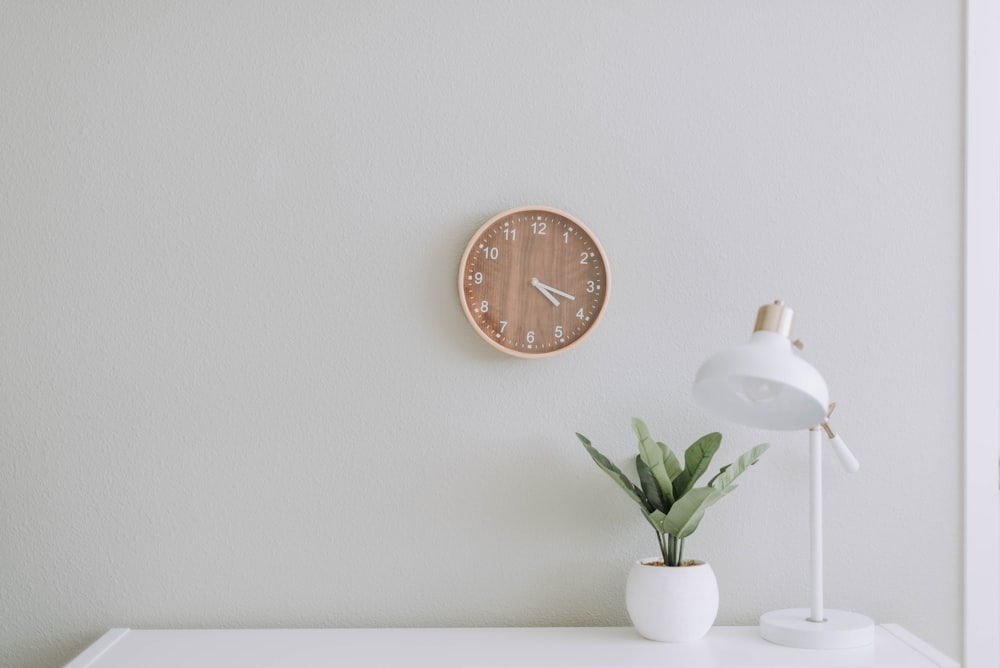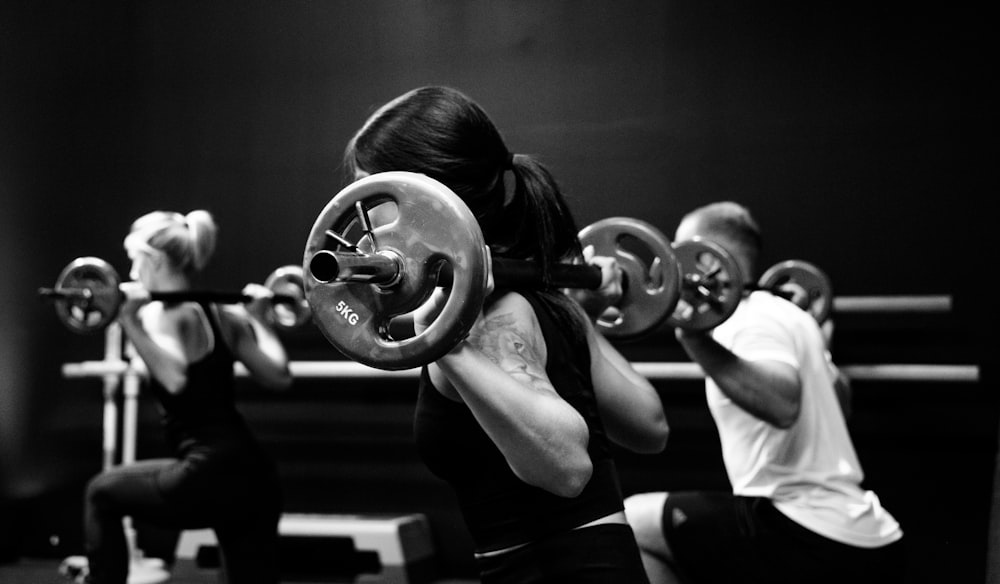Understanding Nausea
Nausea is a common and unpleasant sensation that can occur for various reasons, including digestive issues, motion sickness, pregnancy, or underlying health conditions. It’s often accompanied by a feeling of unease or discomfort in the stomach, and in some cases, may lead to vomiting. Understanding the triggers and potential causes of nausea is essential for effectively managing and alleviating symptoms.
Hydration and Electrolyte Balance
Staying hydrated is crucial for relieving nausea, as dehydration can exacerbate symptoms. Sipping on clear fluids such as water, herbal teas, or electrolyte-rich beverages can help replenish lost fluids and restore electrolyte balance. Avoiding sugary or caffeinated beverages is advisable, as they can worsen dehydration and contribute to nausea.
Ginger: Nature’s Nausea Remedy
Ginger has long been used as a natural remedy for nausea and digestive discomfort. Whether consumed in the form of ginger tea, ginger ale, or ginger supplements, this potent root has been shown to have anti-nausea properties that can help soothe an upset stomach. Consider incorporating ginger into your diet or keeping ginger candies on hand for quick relief.
Small, Frequent Meals
Eating large, heavy meals can exacerbate nausea, especially if you’re experiencing digestive issues. Instead, opt for small, frequent meals throughout the day to keep your stomach settled and prevent overwhelming your digestive system. Choose bland, easily digestible foods such as crackers, toast, bananas, rice, or applesauce to minimize discomfort.
Acupressure and Aromatherapy
Acupressure and aromatherapy are alternative therapies that have been used for centuries to relieve nausea and promote relaxation. Applying pressure to specific acupressure points, such as the wrist or forearm, can help alleviate nausea symptoms. Additionally, inhaling soothing essential oils such as peppermint, lavender, or lemon can have a calming effect on the stomach and reduce feelings of queasiness.
Medication Options
In some cases, over-the-counter or prescription medications may be necessary to manage severe or persistent nausea. Antihistamines, such as dimenhydrinate (Dramamine) or meclizine (Bonine), are commonly used to treat motion sickness and nausea associated with vertigo. Additionally, anti-nausea medications such as ondansetron (Zofran) or promethazine (Phenergan) may be prescribed for more severe cases of nausea or vomiting.
Lifestyle Modifications
Making lifestyle modifications can also help reduce the frequency and severity of nausea symptoms. Avoiding triggers such as strong odors, spicy or fatty foods, and excessive alcohol or caffeine consumption can minimize episodes of nausea. Practicing stress-reduction techniques such as deep breathing, meditation, or yoga can also help promote relaxation and alleviate nausea symptoms.
Seeking Medical Attention
While most cases of nausea can be managed effectively at home with self-care measures, persistent or severe nausea that interferes with daily activities may warrant medical attention. If you experience prolonged or recurrent episodes of nausea, vomiting, or other concerning symptoms such as abdominal pain, fever, or dehydration, it’s essential to consult with a healthcare professional for further evaluation and treatment.
Conclusion
Nausea can be a challenging and uncomfortable symptom to deal with, but with the right strategies and treatments, relief is possible. By staying hydrated, incorporating ginger into your diet, eating small, frequent meals, exploring alternative therapies, considering medication options, making lifestyle modifications, and seeking medical attention when necessary, you can effectively manage and alleviate nausea symptoms for quick recovery and improved quality of life. Read more about tips to reduce nausea







